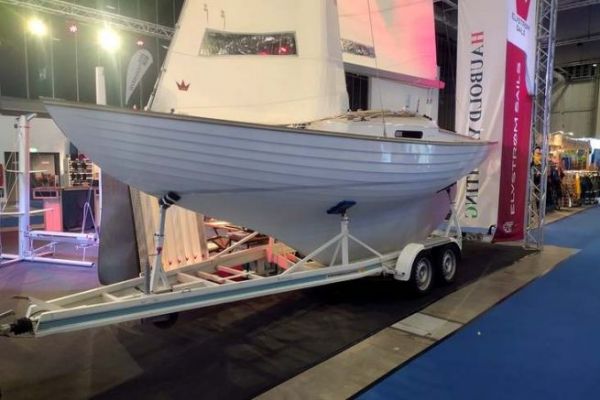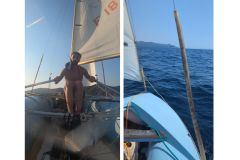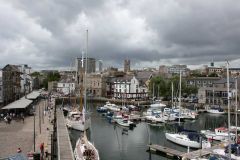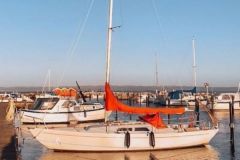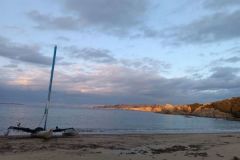A successful mix of 4 boat designs
In 1941, the Scandinavian Sailing Federation launched a competition for the design of an affordable, easy-to-handle racing cruiser. Of the 58 entries, 4 designs by architects Knud Olsen, Jac M. Iversen, Alfons Kvarnström and O.W. Dahlström caught the attention of the commission, but none was declared the winner. Instead, the federation commissioned young naval architect Tord Sundén to synthesize the best ideas from each project. This resulted in the launch in 1942 of the folkboat, a 7.68 m clinker sailboat that was simple and modern for its time, without any architect having been appointed. The shipping magnate Sven Salén, who had initiated the project, ordered 60 units from Swedish shipyards to guarantee the class' dynamism. It wasn't until the end of the Second World War, however, that the model spread throughout Northern Europe and as far afield as the United States.

In 1975, Sven Svendsen, a class amateur sailing in the United States, had a hull molded from a proven wooden model. The following year, the class approved the use of fiberglass. The molds for the folkboat are now in the German Haubold Yachting yard, which continues to produce several units each year.
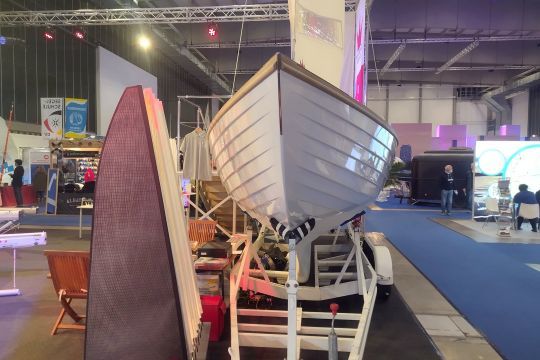
Since its launch, over 4,000 folkboats have been built. In Germany alone, more than 450 boats are actively navigating coastal and inland waters.
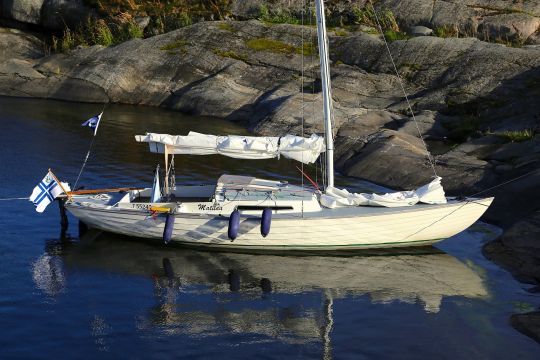
A classic, simple sailboat
Even in its fiberglass version, the folkboat retains the clinker hull geometry that gives it its identity and sets it apart from modern mass production. Its fractional Bermuda sloop rig remains very simple, with no runners. Its long keel and extended rudder allow a limited draught of 1.19 m. With 24 m2 of sail area and a minimum displacement of 1930 kg in the class, the folkboat lends itself equally well to regattas and cruising, with excellent speeds.
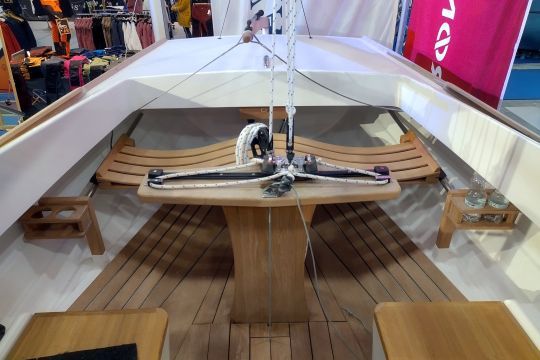
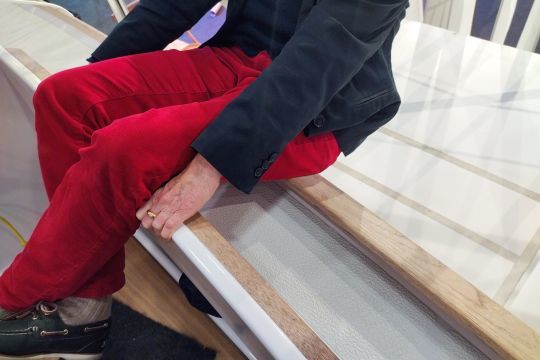
Many crews enjoy long coastal raids aboard. Although the interior has a low headroom due to its unobtrusive roof, it can nevertheless accommodate 2 adults and possibly children in the forepeak for sleeping.
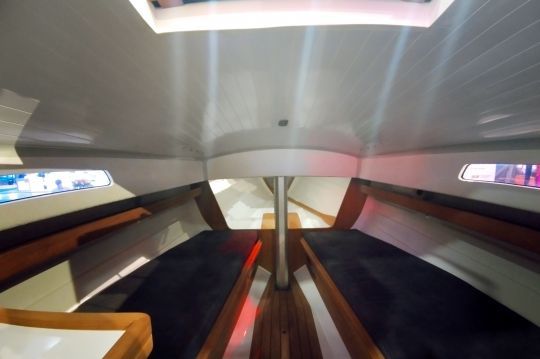
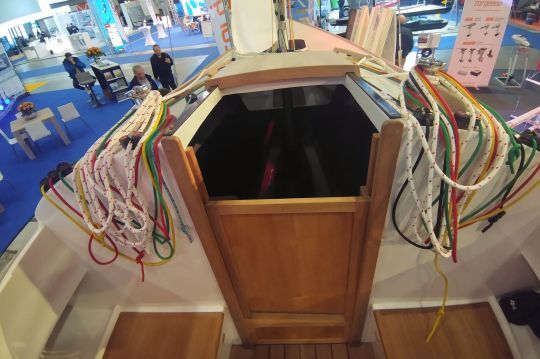
While some have had a toilet on the starboard side of the companionway, the current boatyard is content with a simple layout, with a chart table on the port side, hiding a gas stove under the tilting top.
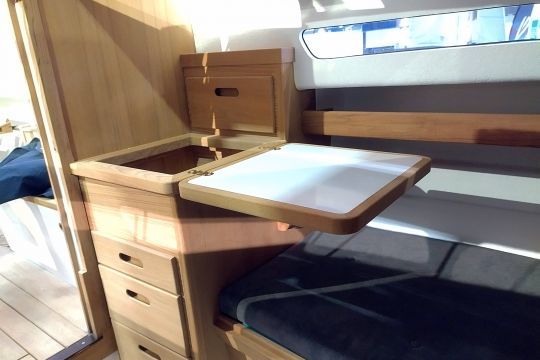

 /
/ 